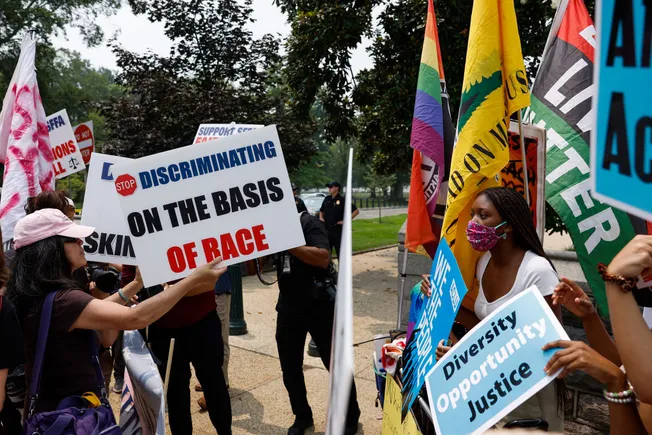Nearly 8 in 10 employees have experienced burnout in the last year — leading to lower engagement for more than half of workers and reduced productivity for more than a third of workers, according to an Oct. 28 report from isolved.
In addition, 72% of employees said they’re restless and looking to change jobs in the next year, which marks a 14-point increase from 2023. Among recent job changers, 9 in 10 said they’re looking to jump again.
“Burnout is eroding employee engagement at a time when companies need their teams to perform at their best,” Celia Fleischaker, chief marketing officer at isolved, said in a statement.
“Organizations that proactively address burnout along with benefits dissatisfaction, the need for flexibility and job insecurity will not only retain top talent, but also cultivate a workforce that is empowered, resilient and future ready,” she added.
Burnout, benefits driving career decisions
In a survey of more than 1,000 full-time U.S. employees, burnout was named the top factor that prevents employees from going “above and beyond” in their roles. Generation Z and millennial workers felt this was particularly true, and they were more likely to report burnout than baby boomers.
For half of workers, flexible arrangements with hybrid or remote work ranked as the top motivator for accepting a new job offer. Similarly, a lack of flexibility was also a key factor in job turnover, with 1 in 10 workers seeking a new job for more flexibility.
About a quarter of workers explicitly said they’re leaving their jobs for better benefits in 2024. According to the report, only 43% of workers said they have health insurance through their employer, and only 35% have access to paid time off.
Career fears still loom large
Beyond that, many employees said they’re worried about layoffs — both workers that have experienced layoffs at their companies in the past 12 months and those who have not. In response, career development remains a top priority. Although most employees said they feel valued, they’re also seeking more support for career growth and stability.
As more workers report burnout, fewer believe their employer cares about them and their well-being, according to an Aflac report. Employers can offer mental health tools and work-life balance perks such as flexible schedules to boost employee satisfaction and retention, the report found.
The fear of missing out — or FOMO — at work may be a key risk factor for employee mental health and burnout, particularly if workers experience information overload, anxiety and stress, according to research from the University of Nottingham. HR pros can consider policy and training options that help workers better access, manage and consume information in the digital workplace.
As employee burnout remains high, certain workload-related changes could help, according to an Eagle Hill Consulting report. Most workers said burnout could be alleviated by a four-day workweek, increased flexibility, decreased workloads and better health and wellness benefits.
Even so, employers may have “hit a wall” on reducing burnout since burnout levels — as well as burnout drivers — haven’t changed much, the firm’s CEO said.






Leave a Reply